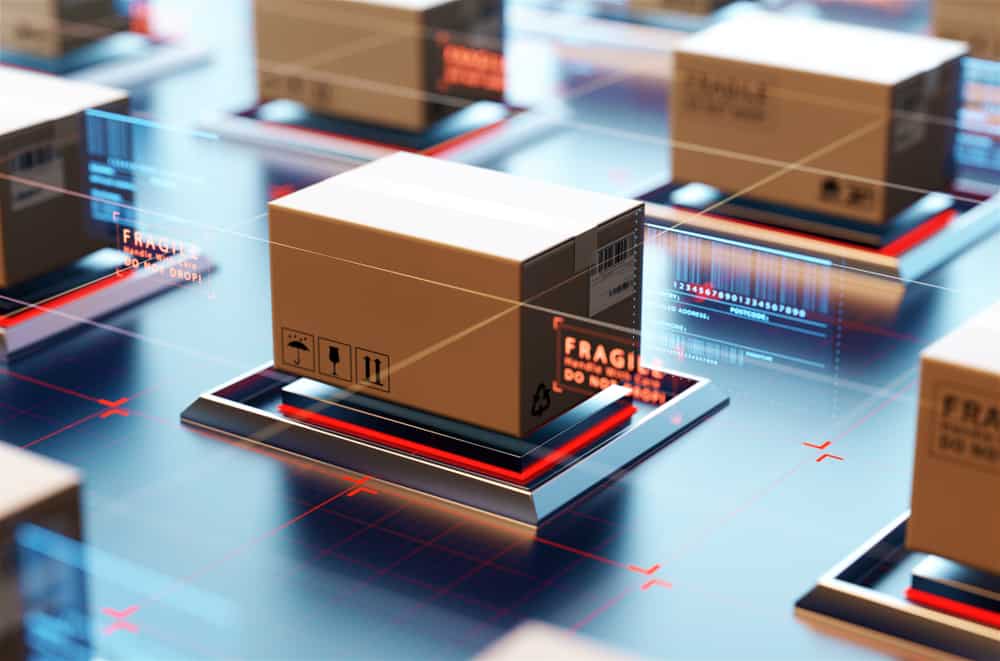Enterprise resource planning (ERP) software is essential to help your supply chain run smoothly and provide insight into daily operations. Here are five changes you should expect for ERP software for 2020, and how they’ll likely affect the supply chain.
1. A growing realization that ERP systems and associated technologies cut costs
When the Supply Chain Management Review published its 2019 Warehouse and Distribution Center (DC) Operations Survey, labor scarcity was a persistent challenge for those professionals. However, many are dealing with the consequences by using technology to keep costs down. The research showed that 85% of respondents used warehouse management systems (WMS).
Moreover, ERP systems and legacy or homegrown options were the most popular WMS choices cited. This year’s survey showed more people bringing automation to their processes, too, with 23% mentioning that compared to 15% last year. Then, 45% recognized that improving information technology in their warehouses was important for managing costs.
In 2020, as supply chain professionals continue to look for ways to reduce costs and compensate for an insufficient labor force, many will investigate whether 2020 is the right time to connect complementing technologies to their ERP systems.
2. Greater emphasis on using ERP software to keep customers satisfied
Supply chain businesses have a variety of reasons for implementing ERP software. The desire to improve business performance is one of the top drivers, and others set their sights firmly on growth, frequently understanding that a company that performs well is typically in a good position for growth.
ERP systems also help companies integrate multiple systems, and many end up selecting an ERP provider because they want to replace legacy systems. But, as we move into 2020, expect more supply chain businesses to see a link between using ERP systems and keeping their customers satisfied.
In the case of one manufacturer of hydraulic jacks, the company discovered that installing a new ERP system after previously relying on business accounting software streamlined both the creation and distribution of products. Those advantages made it easier to meet customers’ needs. More specifically, the company fulfilled 30% more orders with the same resources after implementing the ERP tool. The company previously used paperwork to track orders and admitted that sometimes orders were misplaced, which caused delays.
Supply chain professionals will keep using ERP software for many of the other reasons listed above and others not mentioned. However, you should anticipate they’ll increasingly understand why using an ERP makes it substantially easier to have happy repeat customers.
3. Artificial intelligence coming to ERP software
People earning their MBA degrees with an interest in supply chain management often choose Operations Management specializations during their educations. Besides that concentration preparing them for a fulfilling career, it could also introduce them to some of the emerging technologies more frequently associated with ERP software. This could make them conclude they made the right decision to get into the industry now.

One of them is artificial intelligence (AI). Although AI is excellent for removing some of the manual, time-consuming tasks that humans do concerning managing their relationships with customers or achieving their sales goals, AI also applies to supply chain professionals due to its inventory management capabilities.
Applying AI to ERP means lower costs and higher revenue, particularly because it helps tackle problems with over- or under-production. Additionally, AI can offer predictions that help a supply chain manager make more accurate assessments when determining if the company can or should scale up the business to accept a big client or take on a lucrative project.
AI is already starting to integrate into some ERP platforms. In 2020, however, more vendors may begin offering it, especially if substantial numbers of their clients from supply chain companies expect and demand it.
4. More companies integrating the IoT into their ERP platforms
2020 will also likely include an increase in companies using Internet of Things (IoT) sensors and ensuring the respective data gets factored into the information shown in an ERP interface. Some supply chain leaders put IoT equipment on their trucks. This approach allows for tracking the vehicles in real-time and predicting the demand for sales.

Having that information on hand allows supply chain professionals to make smarter and more informed decisions about how to run their businesses. They’ll also be able to avoid issues, such as if an IoT sensor warns that a component of a crucial piece of equipment is faulty and will break down if it doesn’t get serviced soon.
5. Increased attempts to combine blockchain with ERP software
Even though many people know about blockchain technology because of cryptocurrency, its already proved useful in the supply chain sector. For example, blockchain provides a higher level of transparency that can improve ethical sourcing in the supply chain, cut down on fraud and more.

Some well-known ERP vendors, including Oracle and SAP, are working hard to incorporate blockchain into their ERP offerings. Look for more of the same in the coming months, particularly as other prominent brands from inside and outside the supply chain sector continue realizing blockchain’s potential.
An exciting year ahead
The five trends listed here are likely candidates for developments that will change the supply chain management landscape, specifically by impacting ERP software. They aren’t the only ones you should look for but be sure to prioritize keeping a close eye on these to see how things evolve.










